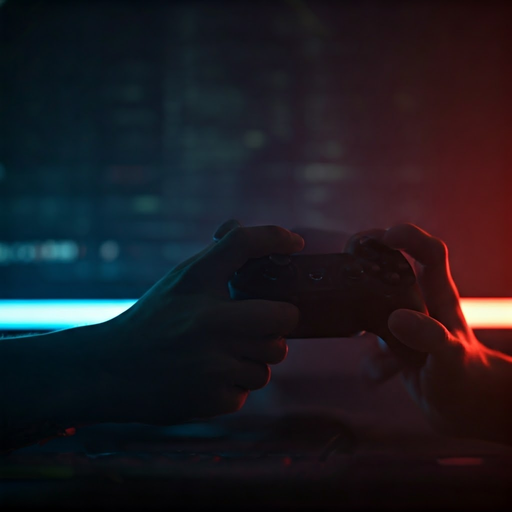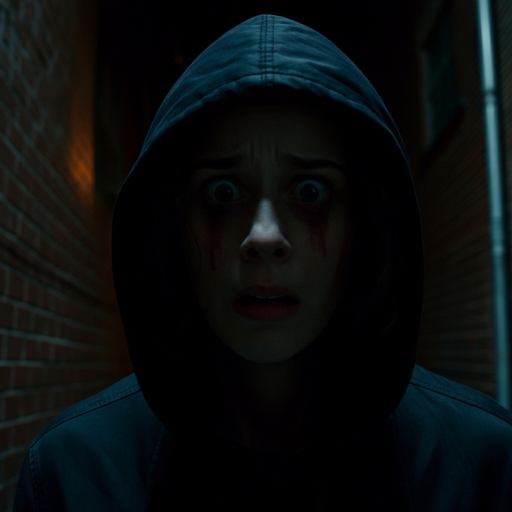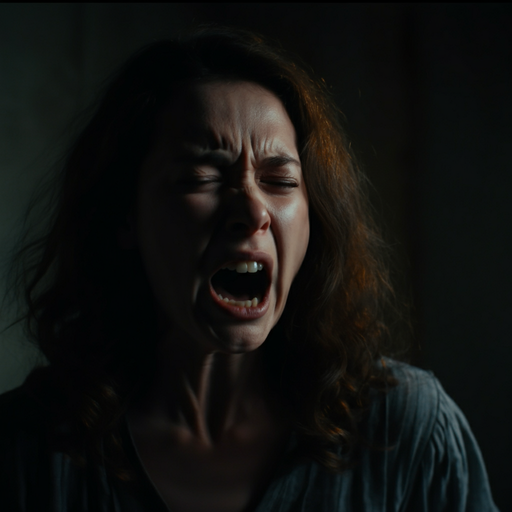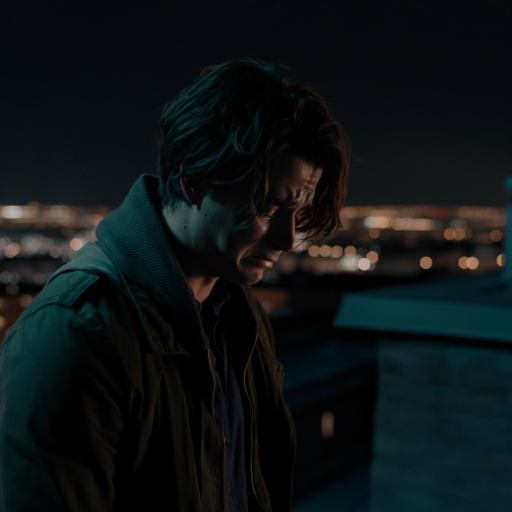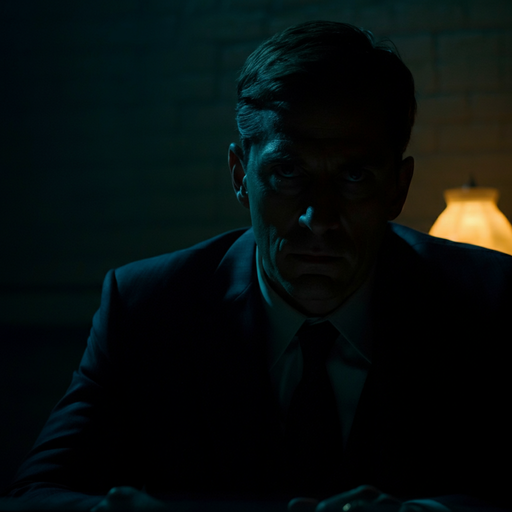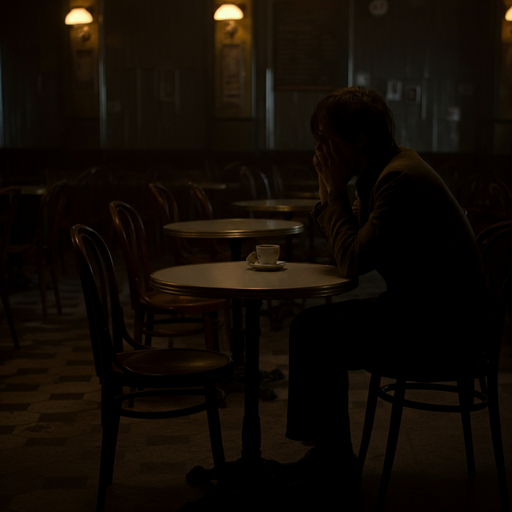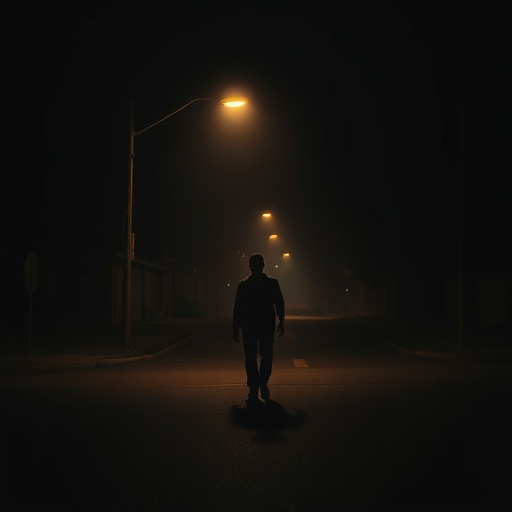Image Clarity: A Deep Dive into AI Image Generation
- 4 minutes read - 778 words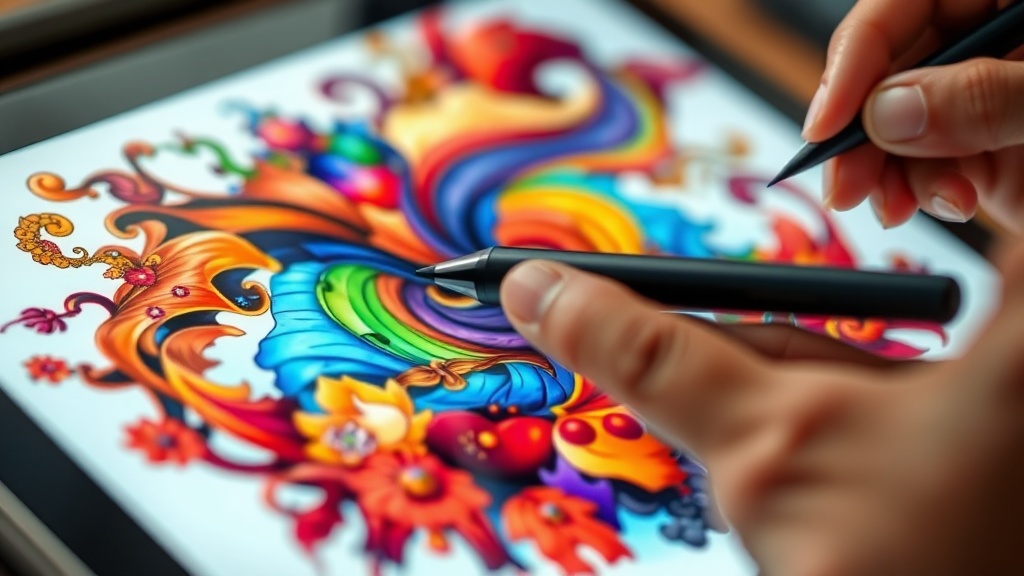
Table of Contents
The realm of AI image generation is constantly evolving, with new engines and techniques emerging regularly. One crucial aspect of image quality is clarity, which refers to the sharpness, detail, and overall visual definition of an image. In this blog, we’ll explore the concept of image clarity in AI art, analyzing data from various engines to understand how clarity impacts the overall aesthetic appeal and quality of generated images.
Clarity: A Key Indicator of Image Quality
- Engine Performance: The data reveals significant variations in clarity across different AI engines. Imagen-v3 and Imagen-v3-fast consistently demonstrate higher clarity scores compared to Freepik and Flux-Schnell. This suggests that these engines are better equipped to generate images with sharper details and less visual noise.
- Impact on Aesthetics: Clarity plays a crucial role in the overall aesthetic appeal of AI-generated images. High clarity contributes to a more realistic and visually engaging experience, while low clarity can result in blurry or indistinct images that detract from the overall impact.
- Factors Influencing Clarity: Several factors can influence image clarity, including the training data used by the AI engine, the complexity of the prompt, and the specific parameters used during image generation. Understanding these factors can help artists optimize their prompts and achieve desired levels of clarity in their AI art.
Image Examples
The Emptiness of Darkness
Clarity : 0.00
poses fighting: intense, adventurous ; A group of adventurers; medium shot; adventure; a dense jungle with ancient ruins in the distance; cinematic
Neon Glow, Controller in Hand: A Gamer’s Focus
Clarity : 0.00
poses silhouette: intense, focused ; A gamer’s hands silhouetted against a glowing computer screen, holding a controller; close-up; gaming; neon lights and digital interfaces; cinematic
Fear in the Shadows: A Terrifying Close-Up
Clarity : 0.00
facial-expressions Fear: Unease, paranoia ; A lone figure; eye-level; Single Person; a dark, deserted alleyway; cinematic
Screaming in the Dark: A Moment of Terror Captured
Clarity : 0.00
facial-expressions Anger: Despair and rage ; A woman, screaming into the void, her face contorted in anger; close-up; Single Person; A dark, empty room, with only a single flickering light; cinematic
Lost in the City Lights: A Man’s Solitary Struggle
Clarity : 0.00
facial-expressions Sadness: Reflection, introspection ; A hero standing on a rooftop; eye-level; Hero; City lights twinkling in the distance; cinematic
Lost in the Game: A Moment of Intense Focus
Clarity : 0.00
camera-positions Canted angle: Focused, intense, exhilarating ; A gamer’s hands, furiously tapping buttons on a controller; Close-up; Gaming; A brightly lit gaming setup; cinematic
Lost in the City Lights
Clarity : 0.00
Abstract: Sentimental, reflective ; A series of overlapping, abstract shapes representing a family’s journey through life; medium shot; Family; a warm, nostalgic glow; cinematic
Unveiling the Mystery: A Man in the Shadows
Clarity : 0.00
lightning low-key-lighting: Intense, suspenseful, mysterious ; A detective sitting in a dimly lit interrogation room, their face half-hidden in shadow; medium-shot; Heroes; A dark interrogation room with only a single lamp illuminating the detective’s face.; cinematic
Lost in the Shadows: A Moment of Solitude
Clarity : 0.00
facial-expressions Guilt: Solitude, melancholy, longing ; A lone figure sits at a dimly lit table in a deserted cafe, the empty chairs around them mirroring the emptiness within.; cinematic
Lost in the Shadows: A Man Walks into the Night
Clarity : 0.00
lightning key-lighting: Lonely, suspenseful, eerie ; A man walking down a dark, deserted street; medium-shot; Single Person; A streetlamp casting a pool of light on the pavement; cinematic
Clarity: A Key Factor in AI Art
As AI image generation continues to advance, clarity will remain a critical aspect of image quality. By understanding the factors that influence clarity and the strengths and weaknesses of different AI engines, artists can leverage these insights to create visually stunning and impactful AI art. Prioritizing clarity in prompts and selecting appropriate engines can significantly enhance the overall aesthetic appeal and quality of generated images.
Conclusion
The analysis of image clarity in AI art reveals that clarity is a crucial factor in determining the overall quality and aesthetic appeal of generated images. While some engines consistently outperform others in terms of clarity, artists can leverage their understanding of the factors that influence clarity to optimize their prompts and achieve desired results. As AI image generation continues to evolve, clarity will remain a key indicator of image quality, shaping the future of AI art.




